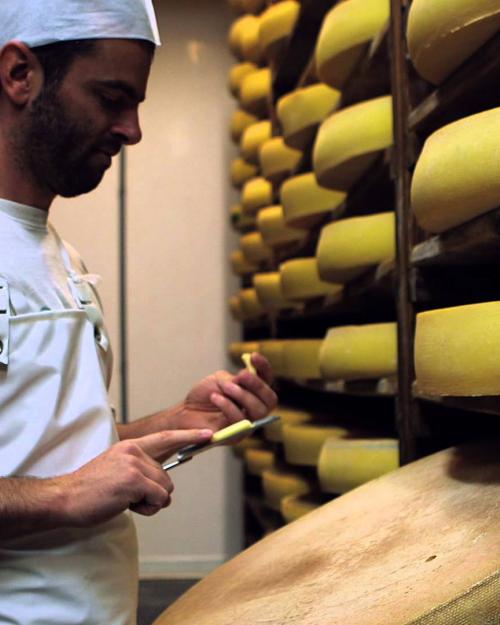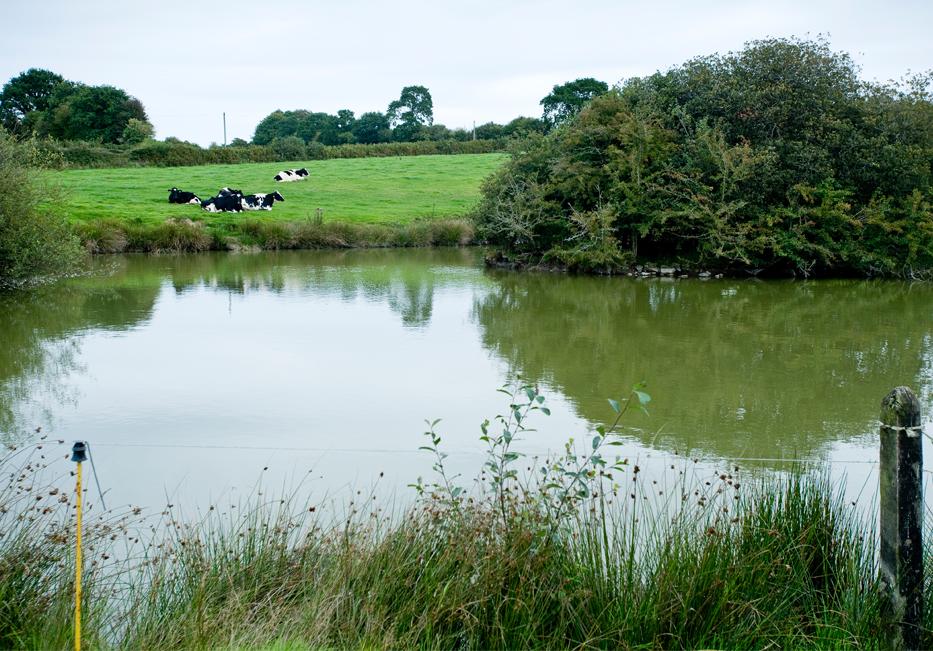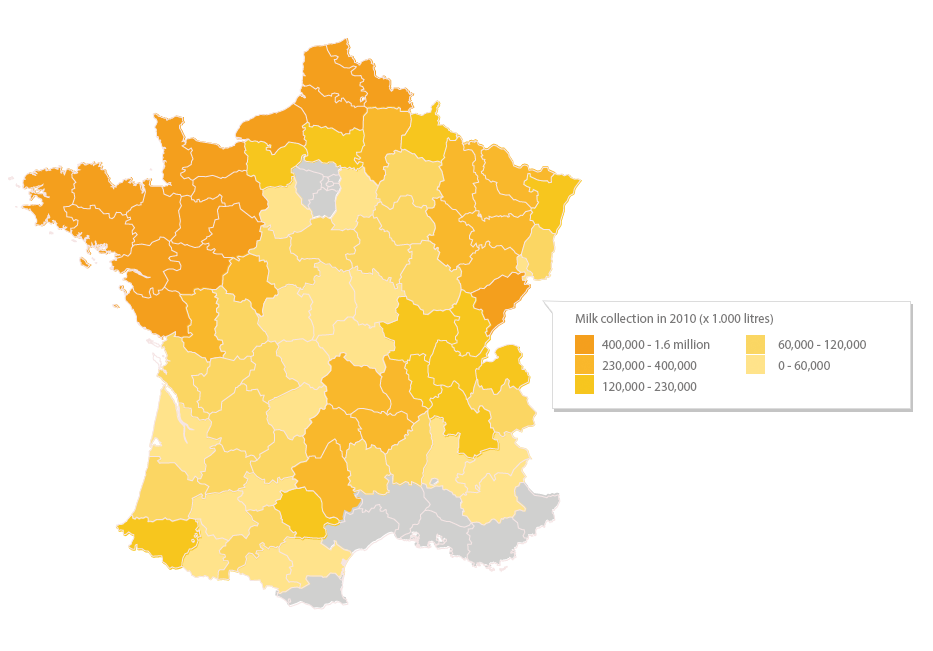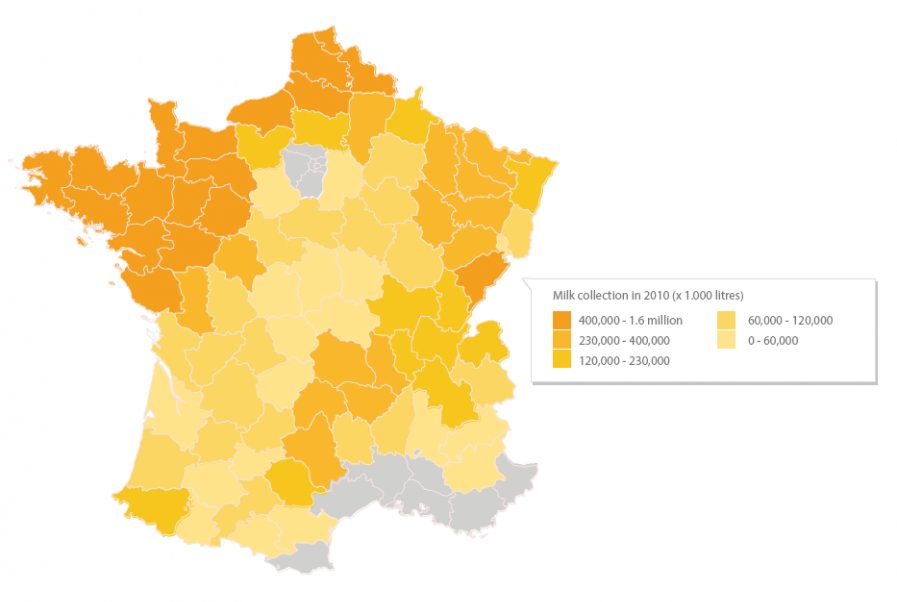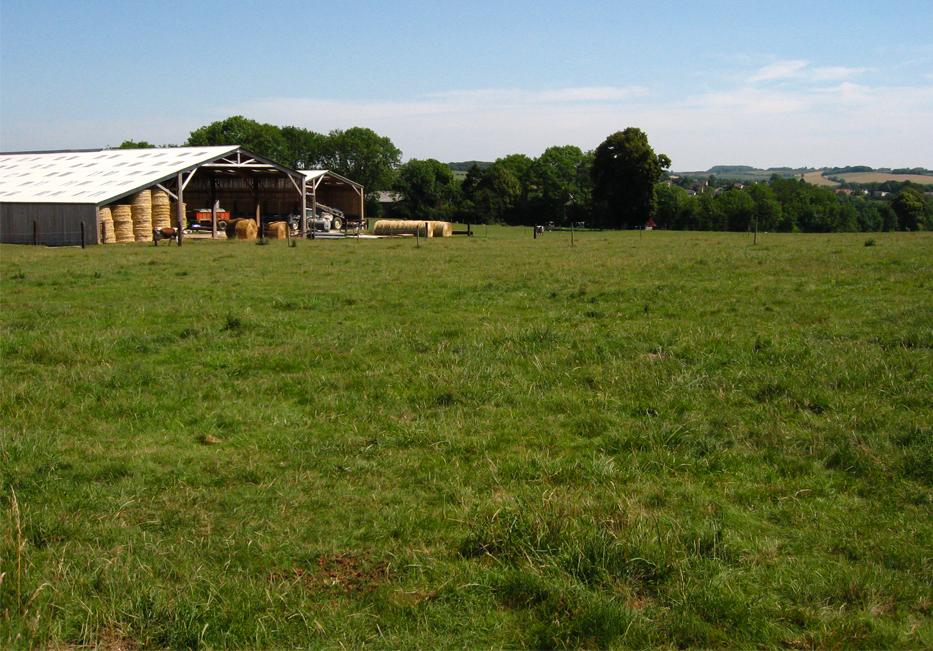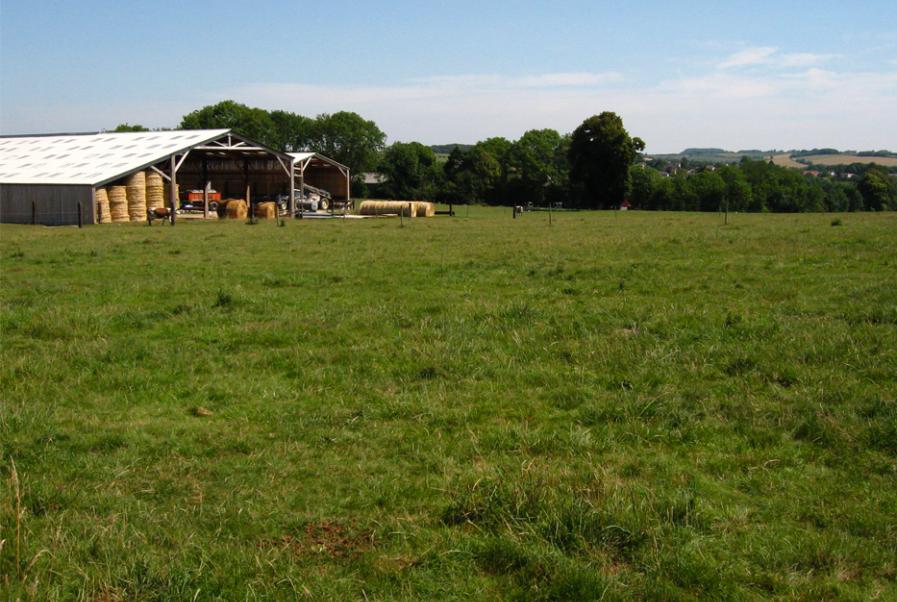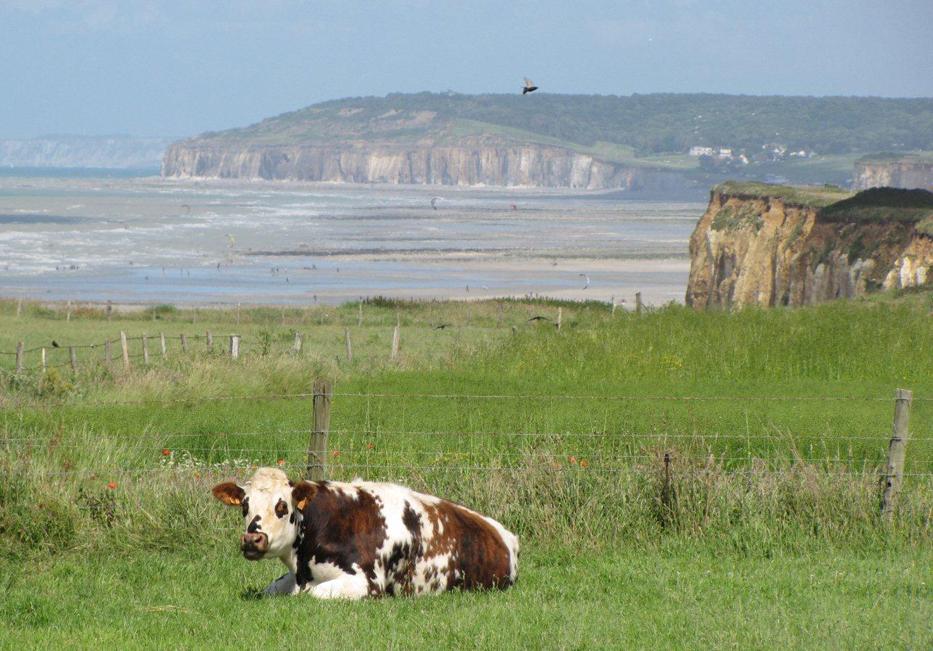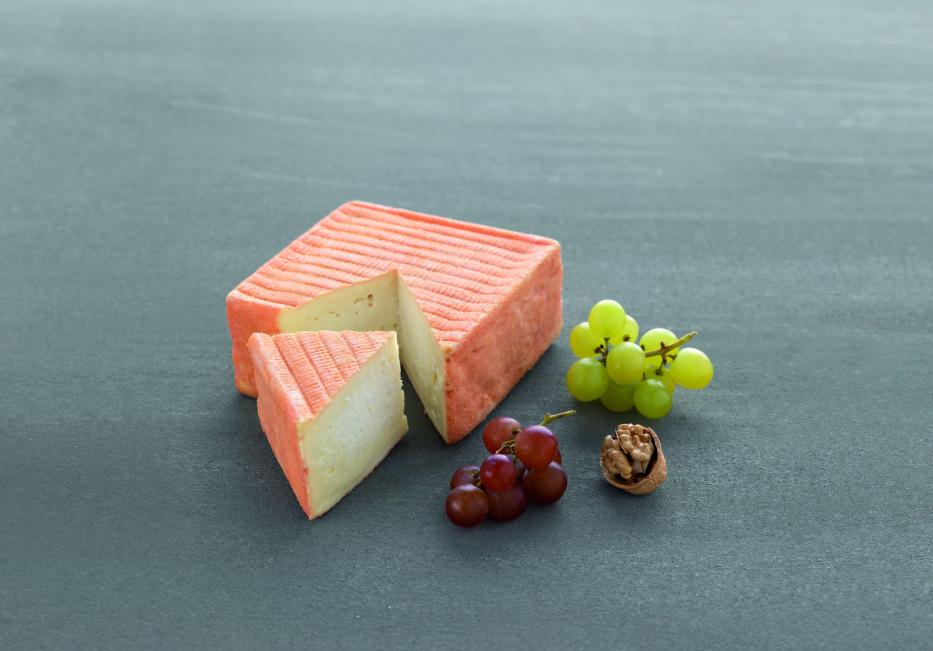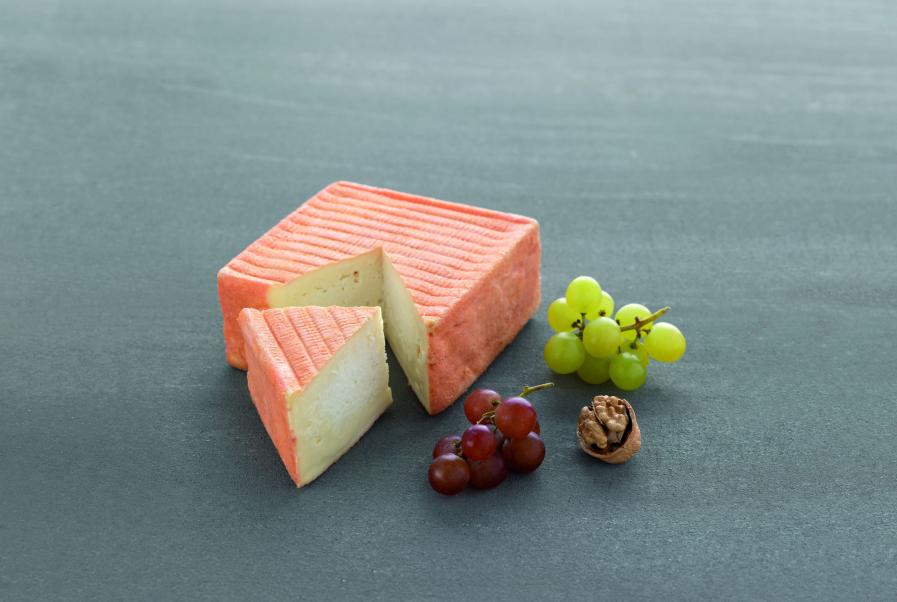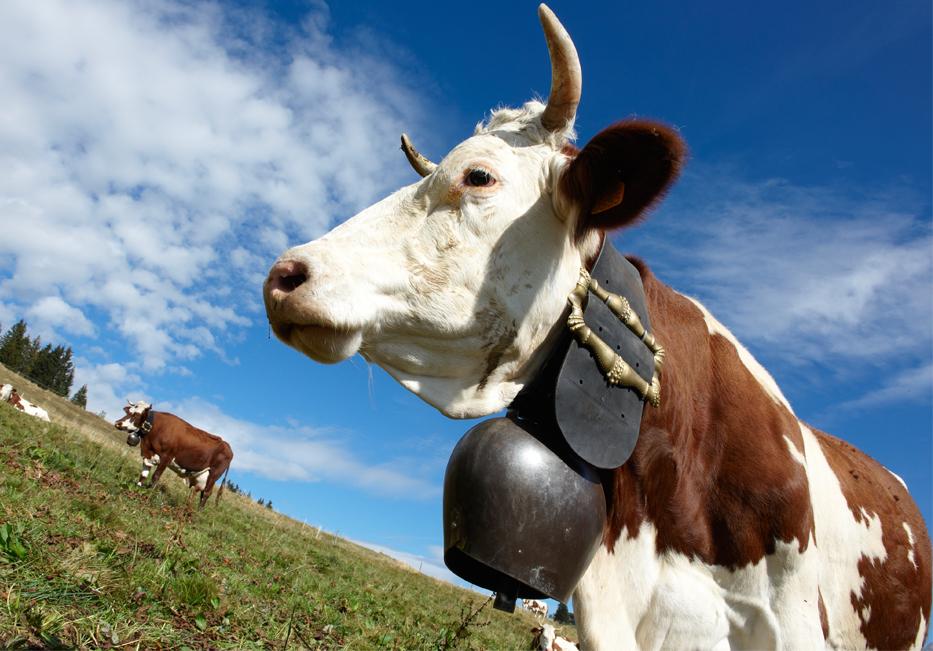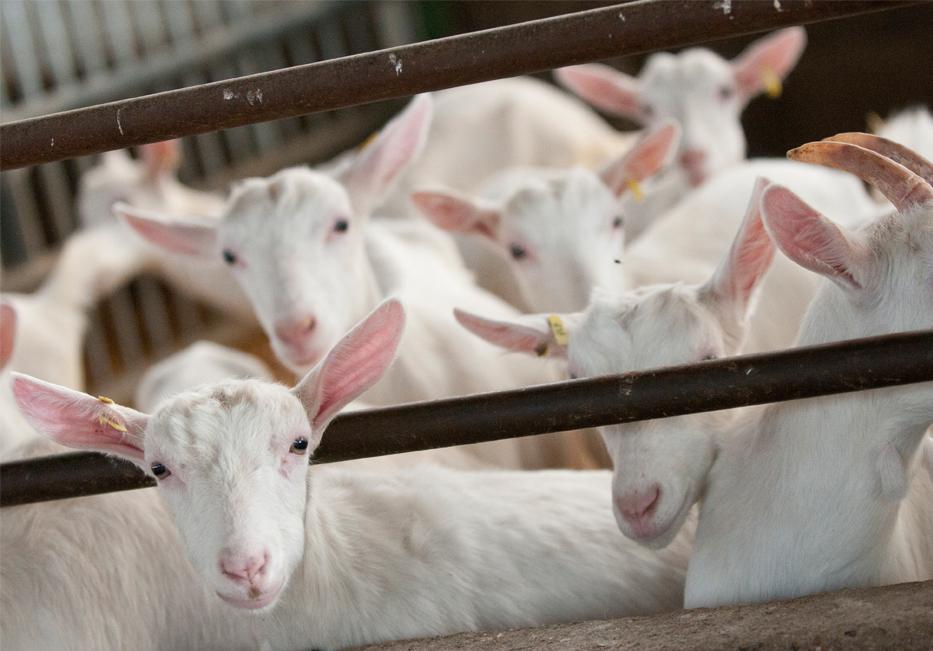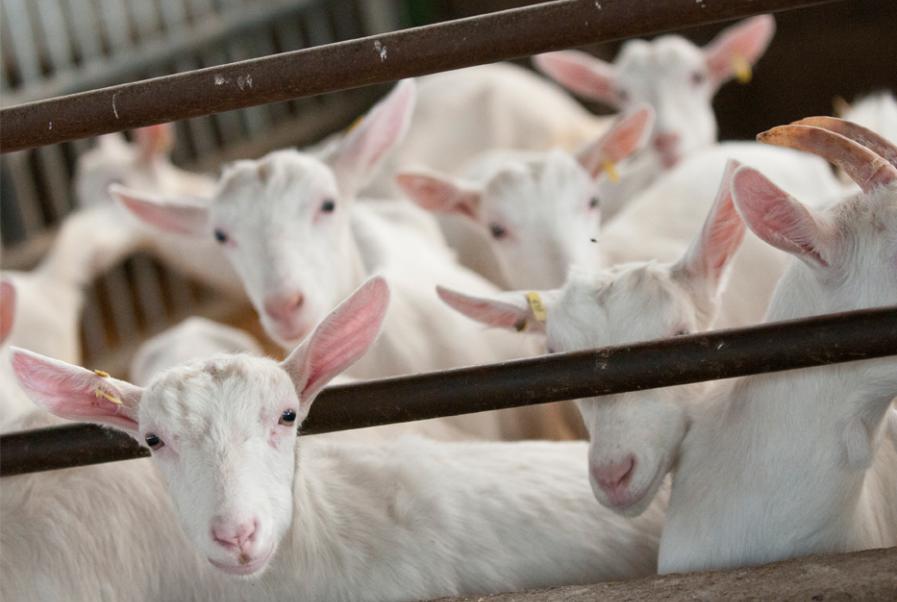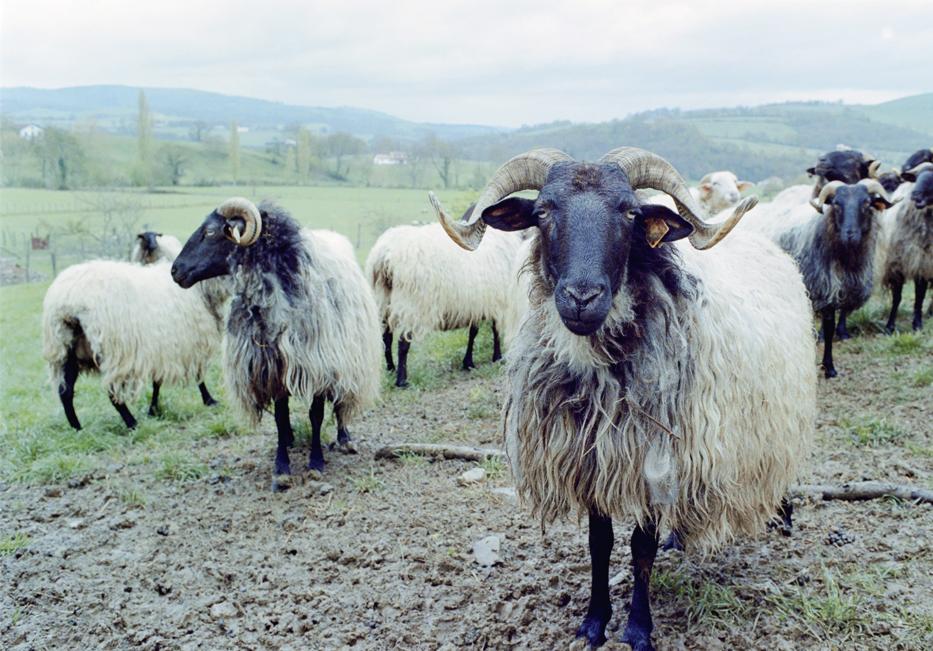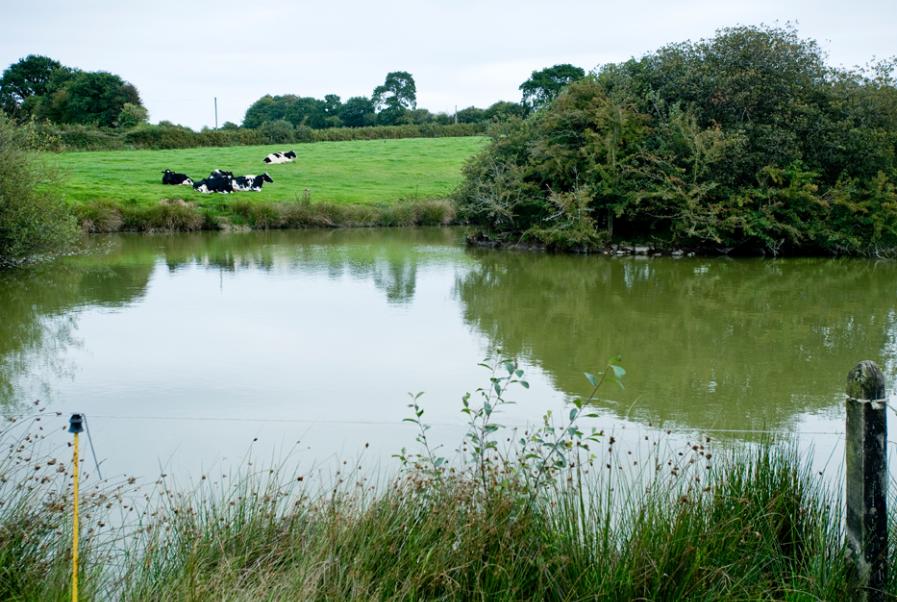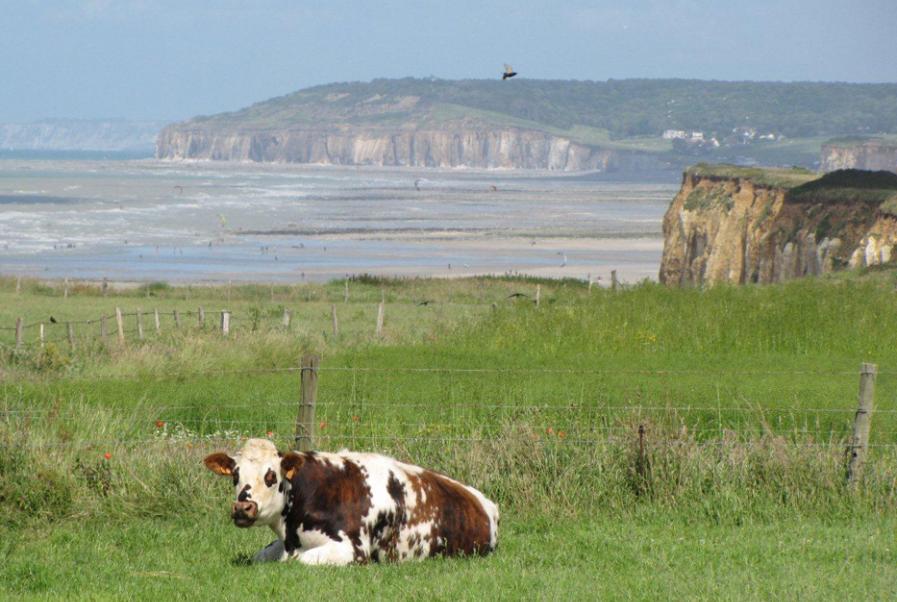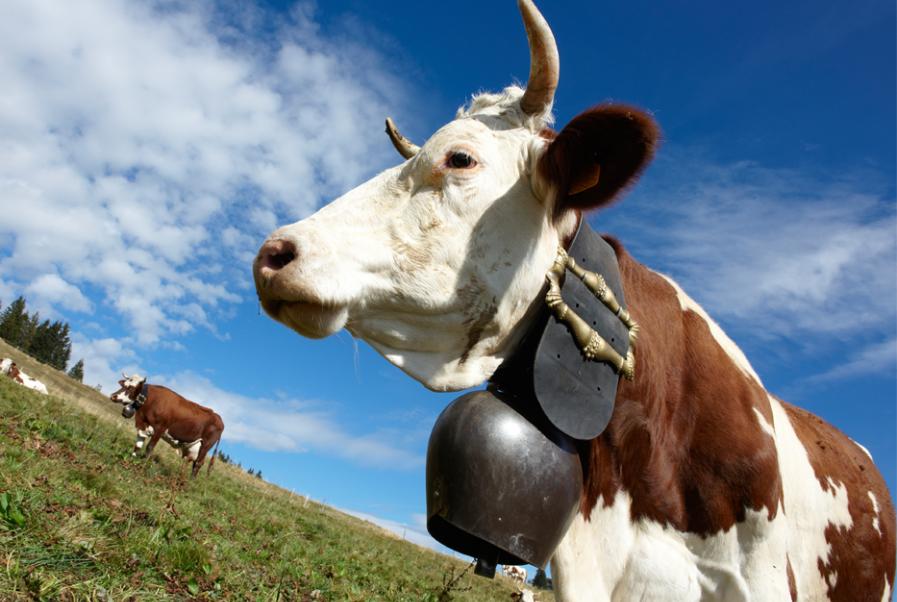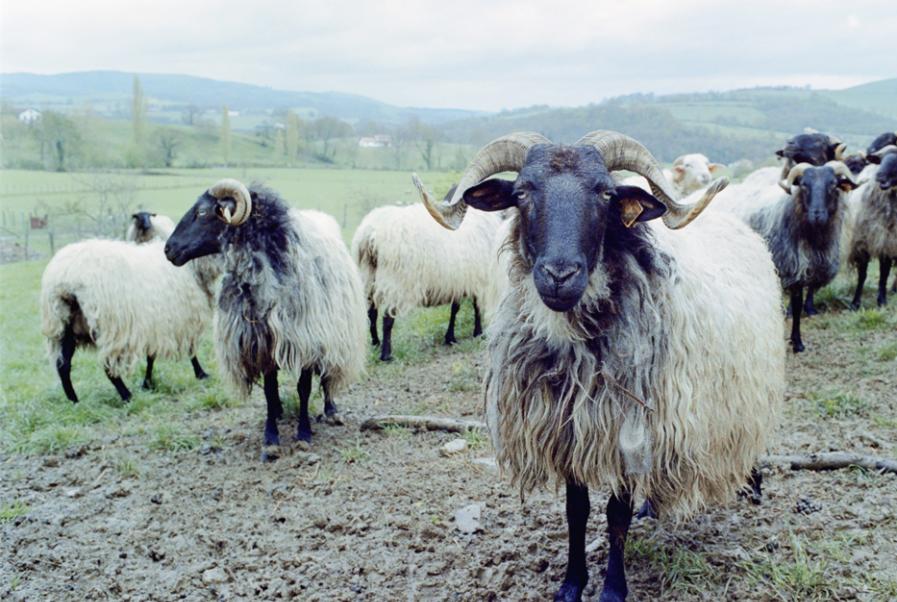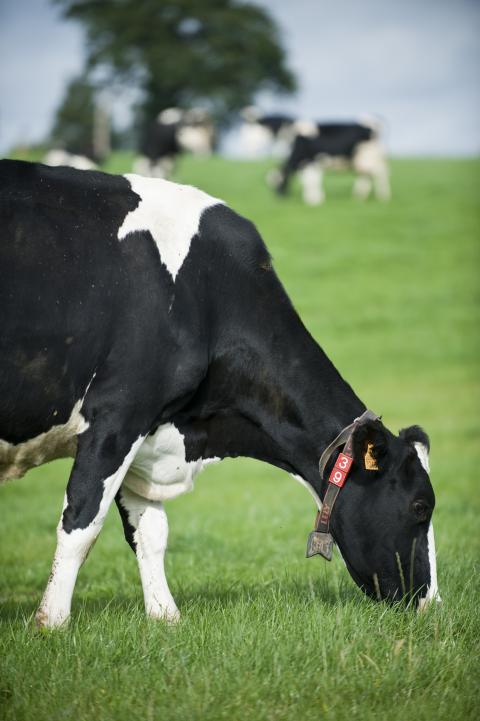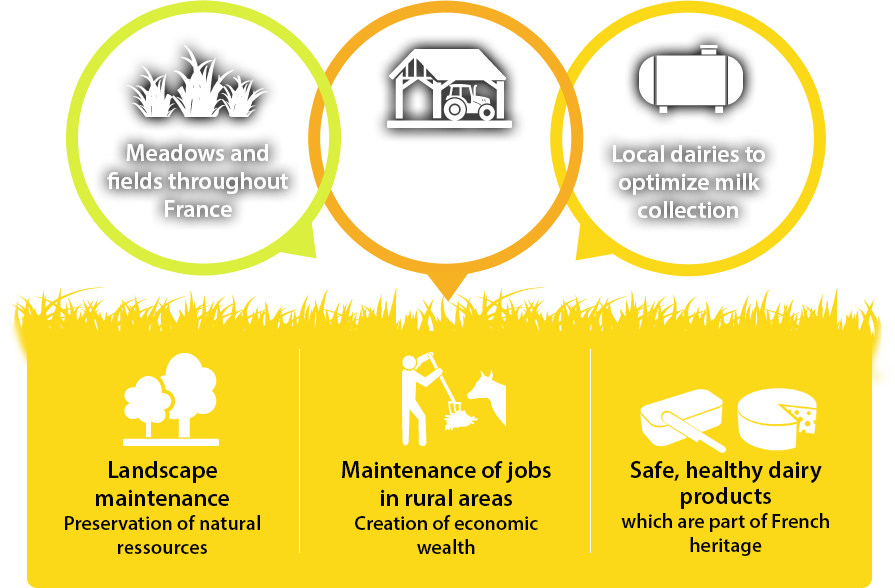Sans eau : ... ANG
Without water: no grass or forage, cows or milk
To produce the right quantity and quality of milk, a cow must ingest 60-80 kg of grass, hay or silage every day. This feed is 85% farm-produced and is made possible by France’s vast water reserves (in the Bay of Somme, Poitevin Marsh, the Camargue, etc.), which alongside rivers, springs, canals and other water sources, ensure the sustainability of milk production in France.
… and no food safety
Water is also essential to the milk production chain. From the stable to the dairy, the European hygiene packet imposes strict cleaning and hygiene safety procedures that require considerable amounts of water: for milking pipes, refrigeration tanks, the systems for cooling milk between the udder and the tank, pasteurization, cleaning equipment and storage tanks. This is the price paid for quality.
Saving water: a key challenge for the industry
Efforts are being made to reduce water consumption, especially through wastewater recovery.
 Everything you need to know about milk and dairy products, the different steps involved in processing them, their diversity and health benefits. Also, practical information such as how to read food labels, make homemade dairy products,…
Everything you need to know about milk and dairy products, the different steps involved in processing them, their diversity and health benefits. Also, practical information such as how to read food labels, make homemade dairy products,… All about how CNIEL serves the French dairy industry. The organization addresses a wide range of issues, from the dairy economy, international business and promotion, to technology and scientific research. Its work is aimed at helping dairy producers and processors to anticipate market developments and build a strong future.
All about how CNIEL serves the French dairy industry. The organization addresses a wide range of issues, from the dairy economy, international business and promotion, to technology and scientific research. Its work is aimed at helping dairy producers and processors to anticipate market developments and build a strong future.